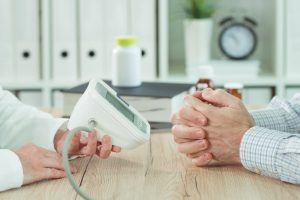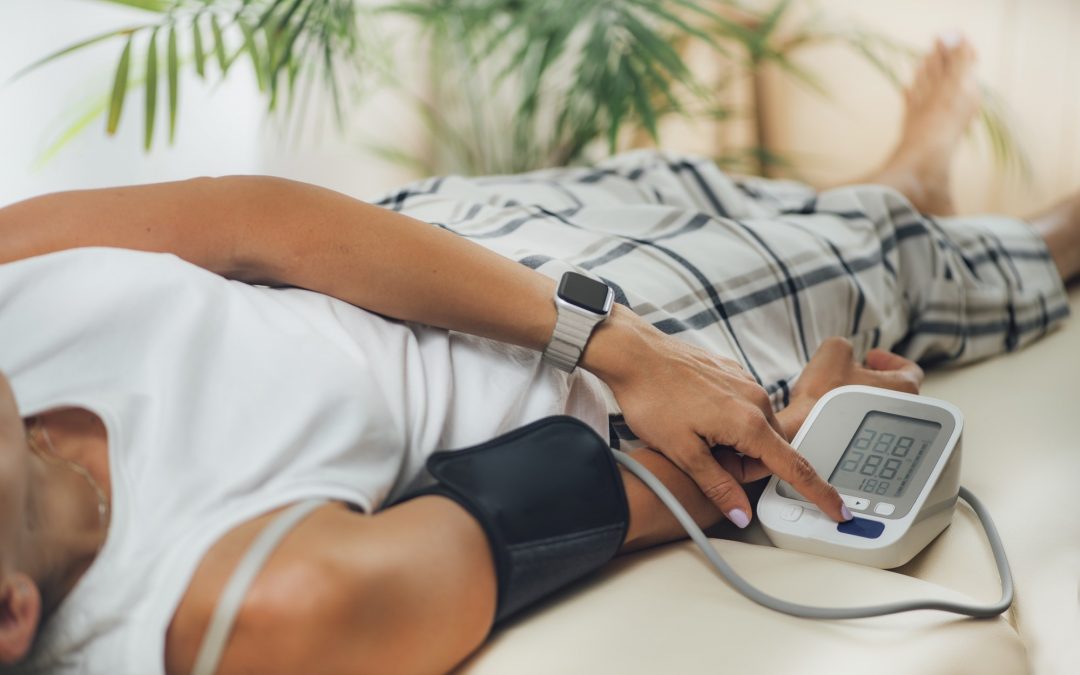According to a new analysis, a better way to take your blood pressure is to use both arms, as a difference in readings may point to potential risks.
When taking blood pressure readings, it’s common to only take readings from one arm. However, according to a new study in the journal Hypertension, checking both arms may provide better results.
The study combines data from 24 previous studies looking at bilateral blood pressure in 53,827 adult men and women. Participants were only examined in general health clinics and the study eliminated those seen in specialty heart settings.
The study suggests difference in blood pressure between the two readings may point to an increased risk of cardiovascular disease. According to the study, for each 5 millimeter increase difference between the systolic readings in both arms, there was a 5% increase in the risk for death from any cause.
In the study, there were a total of 4,939 deaths from any cause, 1,435 from cardiovascular disease, and 5,800 fatal and nonfatal cardiovascular events. Furthermore, there was a 6% increase in cardiovascular death and 9% increase in the risk for first-time cardiovascular events.
According to lead author Christopher E. Clark, “this large study gives some precision to the numbers. A 10 millimeter difference between arms means a 10 percent increase in risk,” he said.
“That’s substantial enough to reclassify people into groups to be treated more aggressively.” Clark is a senior clinical lecturer at the University of Exeter Medical School in England.
 How to Take Your Own Blood Pressure
How to Take Your Own Blood Pressure
The American Heart Association (AHA) suggests that people monitor their own blood pressure at home and keep a record. They recommend using an automatic, cuff-style, upper-arm monitor over a wrist or finger monitor due to reliability.
When taking readings, do it at the same time each day like the morning or evening and empty your bladder. To get an accurate reading, avoid smoking, exercise, and caffeine at least 30 minutes before taking the measurements.
Sit straight and use a chair with back-support (so opt for desk or table chairs over sofas). Feet should lay flat, legs uncrossed, arm on a flat surface, and the upper arm at heart level.
Don’t take measurements over clothes and make sure you spend 5 minutes of quiet rest before starting. In addition, the monitor and cuffs should have illustrations that let you know where exactly the cuff should be (directly above the elbow).
“Each time you measure, take two or three readings one minute apart, and record the results using a printable tracker,” recommends the AHA. “If your monitor has built-in memory to store your readings, take it with you to your appointments.”
If you’re looking for ways to improve your blood pressure, consider taking L-arginine Plus and following our guide to better circulation.

